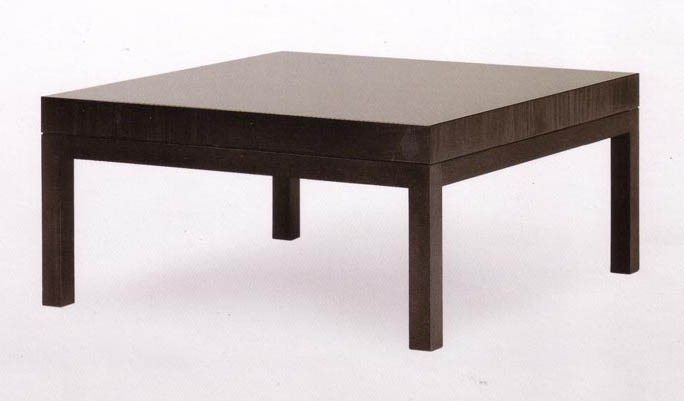Avoiding Bubbles in Veneer
Advice on adhesive and application methods that don't result in bubbles in veneer. January 14, 2013
The company I work for often veneers edges of units that range from 3/4 to eight or ten inches and have had problems with it bubbling up even before finishing. We are under time restraints and often have large odd shaped units so I don't think a vacuum or press is an option. We use contact cement in a pressure pot to apply the glue. Is there a better way to apply it or a better glue to use? Are there any techniques or tips to prevent this from happening with what we are currently using?
Forum Responses
(Veneer Forum)
From contributor J:
Your problem is the contact cement. It is a very flexible glue but not nearly rigid enough to overcome the movement of the veneer. You could try hot hide glue with a veneer hammer. You can roll on yellow glue to the veneer, let it dry, and then apply it with an iron. There are also contour edgebanders that are made to do this sort of thing. We are all under time constraints, but having to redo something that's been done improperly doesn't help matters.
From contributor G:
Veneer and contact cement should not even be used in the same sentence. Paper back veneer and contact cement can be used in the same sentence if it includes "do not". Ask your supplier if he has a phenolic backed veneer, never tried it but seems logical.
From contributor R:
Wood is porous and lacquer and most solvents neutralize contact cement. Spray or apply any solvent to raw veneer that is applied to anything with contact cement. The solvent seeps through, neutralizing the contact therefore creating bubbles. Paper-backed veneer works but would not be my first choice. Wood on wood veneer works but then you have a fine line - if the line is not an issue try it. The yellow glue painted on both surfaces and allowed to almost dry then applied with an iron works real well, but you have to hit it at just the right time or it's a waste of time.
From contributor O:
I agree with Contributor J. Hide glue and hammer is fast and easy. Contact cement is for Formica and such laminates. If you are going to continue to use it you might be able to stop the worst of the solvent migration from the finish into the contact cement with a blocking layer of shellac.
From contributor U:
Switch to using veneer with a 3M backer. It goes on like a bumper sticker and never bubbles. Iíve been using it for years now with no bubbles ever. Try it and you will never use anything else.
From contributor V:
Another option would be to use PVA glue and a heater bar. These can do up 2" wide and heat on all four sides.
